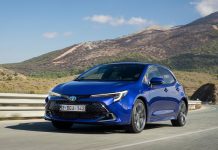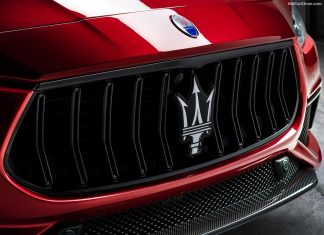Finnish cars market grew 1% in 2018 influenced by a scrap incentive – since January 1st – ending with registrations at 118.816. Toyota is the market leader, ahead of Volkswagen and Skoda. Impressive performance scored by Hyundai in 12th position.
Economic Environment
Finnish economy gained some steam in the third quarter according to comprehensive GDP data, this was largely due to a surge in inventories, and the underlying picture was less positive. Private consumption and fixed investment contracted sharply in the quarter, while exports also declined—likely linked in part to the wider economic slowdown within the Eurozone.
Looking to the fourth quarter, while the GDP outturn should have been supported by faster growth among key European trading partners, recent indicators are mixed. On one hand, in October, the unemployment rate remained at a multi-year low and wage growth was robust, while consumer sentiment was fairly upbeat in November.
Economic growth next year will remain underpinned by private consumption—buttressed in particular by a tighter labor market—and fixed investment. Nevertheless, the government’s ongoing fiscal consolidation will constrain public consumption growth.
Market Trend
Finnish vehicles market has not yet recovered the pre-2008 crisis level, albeit a stable recovery shown in last years, too slow to recover record level. In the 2016 market ended with 117.848 cars sold and the 2017 was shy, with sales down 0.1%, at 117.686.
In the 2018 the Finnish car passenger’s market benefit from the introduction of a scrap incentive (since January 1st), up to €2.500. Indeed, sales increased by 1% from last year, closing with registrations at 118.816.
| Market | Sales 2014 | Sales 2015 | Sales 2016 | Sales 2017 | Sales 2018 | '+/- 2018 |
|---|---|---|---|---|---|---|
| Car | 105.295 | 108.046 | 117.848 | 117.688 | 118.816 | 1,0% |
Competitive Arena
Brand-wise, Toyota is the 2018 market leader with 12.7% of market share and 15.038 sales (+2%) ahead of Volkswagen with 13.273 (+5%), Skoda with 11.697 (+1.7%), Volvo with 9.200 (+3.4%), Ford with 8.733 (+5.6%), Nissan with 7.272 (+5.5%), Opel with 6.275 (-7%) and Kia with 6.270 (-8.4%).
Looking in the ranking behind, during the year few brands are growing fast, like Peugeot, Hyundai, Seat, Citroen, Porsche, Dacia and Subaru.
Worldwide Harmonised Light Vehicle Test Procedure (WLTP)
The European Union has therefore developed a new test, called the Worldwide Harmonised Light Vehicle Test Procedure (WLTP).
The WLTP driving cycle is a test defined by the European Union defining new standard for vehicles with focus on CO2 emission and fuel consumptions. The test is divided into four parts with different average speeds: low, medium, high and extra high. Each part contains a variety of driving phases, stops, acceleration and braking phases.
For a certain car type, each powertrain configuration is tested with WLTP for the car’s lightest (most economical) and heaviest (least economical) version. WLTP was developed with the aim of being used as a global test cycle across different world regions, so pollutant and CO2 emissions as well as fuel consumption values would be comparable worldwide. However, while the WLTP has a common global ‘core’, the European Union and other regions will apply the test in different ways depending on their road traffic laws and needs.
WLTP will apply to all new car registrations from September 2018 when vehicles below the minimum index would not be registered within the European Union territory.
Tables with sales figures
In the tables below we report sales for all brands and top 10 Models.











